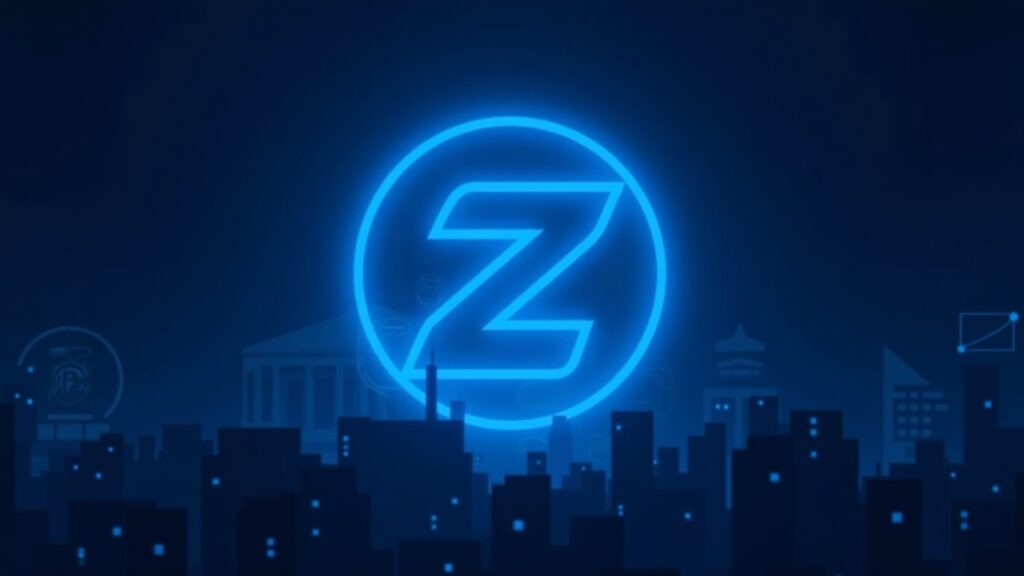Grayscale’s application to convert its Zcash Trust into a U.S. spot ETF has reignited debate over whether Zcash (ZEC) can reach $1.000, as market participants weigh institutional demand against technical and regulatory headwinds. The filing is seen as a potential gateway for large capital flows, but short-term price behaviour and privacy-coin scrutiny complicate the outlook.
Grayscale’s bid to list a regulated ZEC ETF has been framed as a structural catalyst that could bring institutional legitimacy and inflows. Several market actors—including a noted accumulation by Cypherpunk Technologies with backing from Winklevoss Capital—have signalled strategic positioning for possible ETF-led demand. Price forecasts tied to that thesis vary widely: PricePrediction projects a 2025 range of $1.101–$1.405, DigitalCoinPrice $839–$970, and CoinLore as high as $2.922–$5.057 for the same horizon; a long-term estimate from one exchange model puts ZEC near $1.076 by 2035.
By contrast, other services foresee far lower outcomes, with some estimates between $48 and $64 and Capital.com suggesting $155–$544 for 2025. These divergent models reflect different methodologies and assumptions about adoption, liquidity and regulatory acceptance.
Market reaction to the ETF filing has been mixed. Rather than an immediate sustained rally, ZEC recorded price declines in the immediate aftermath—a classic buy-the-rumor, sell-the-news dynamic as traders locked in gains. Technical indicators cited by analysts point to risks: a reported bearish double-top pattern, RSI and MACD bearish divergences, and elevated leverage in futures markets. The Zcash Fear & Greed gauge has, at points, signalled extreme optimism—often a short-term contrarian warning.
An AI-based forecast described a realistic shot at $1.000 within 12–18 months, but tied that scenario explicitly to regulatory clarity and sustained ETF demand.
ETF catalyst, price forecasts and market reaction
Regulatory scrutiny is the principal counterweight to ETF-driven optimism. Zcash’s privacy model relies on zero-knowledge proofs (zk-SNARKs), which enable shielded transactions; regulators and exchanges view anonymity features with caution because they can impede KYC/AML controls. Zcash’s optional privacy—allowing either transparent or shielded transfers—is a potential compliance pathway, but it does not remove the risk of jurisdictional delistings or restrictive measures. Governments’ unresolved balance between privacy rights and illicit-finance prevention creates material policy uncertainty that could materially affect adoption and valuation.
The filing to convert a Zcash trust into a spot ETF materially raises the likelihood of institutional flows and a reassessment of ZEC’s market value, including scenarios that put $1.000 within reach. However, technical vulnerabilities and unresolved regulatory questions mean that any push toward that level is contingent and prone to sharp corrections.

